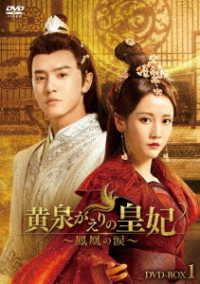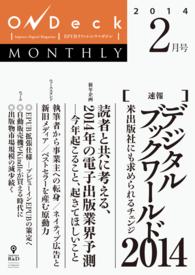- ホーム
- > 洋書
- > 英文書
- > Literary Criticism
Full Description
Over the past century, the Italian landscape has undergone exceedingly rapid transformations, shifting from a mostly rural environment to a decidedly modern world. This changing landscape is endowed with a narrative agency that transforms how we understand our surroundings. Situated at the juncture of Italian studies and ecocriticism and following the recent "material turn" in the environmental humanities, Elemental Narratives outlines an original cultural and environmental map of the bel paese.
Giving equal weight to readings of fiction, nonfiction, works of visual art, and physical sites, Enrico Cesaretti investigates the interconnected stories emerging from both human creativity and the expressive eloquence of "glocal" materials, such as sulfur, petroleum, marble, steel, and asbestos, that have helped make and, simultaneously, "un-make" today's Italy, affecting its socio-environmental health in multiple ways. Embracing the idea of a decentralized agency that is shared among human and nonhuman entities, Cesaretti suggests that engaging with these entangled discursive and material texts is a sound and revealing ecocritical practice that promises to generate new knowledge and more participatory, affective responses to environmental issues, both in Italy and elsewhere. Ultimately, he argues that complementing quantitative, data-based information with insights from fiction and nonfiction, the arts, and other humanistic disciplines is both desirable and crucial if we want to modify perceptions and attitudes, increase our awareness and understanding, and, in turn, develop more sustainable worldviews in the era of the Anthropocene.
Elegantly written and convincingly argued, this book will appeal broadly to scholars and students working in the fields of environmental studies, comparative literatures, ecocriticism, environmental history, and Italian studies.
Contents
Acknowledgements
Introduction: Telling Matters
1. Modernist Matters
2. Oil - Slick Territories: Petroculture Italian Style
3. Apua Ma(t)ter: Narratives of Marble
4. Steel & Asbestos: Brutta Tuscany and Beyond: Stories of Toxic Lands and Bodies
5. Cement & Asphalt: Geographies of Environmental Disruption in Modern Italy
Epilogue
Notes
Bibliography
Index








